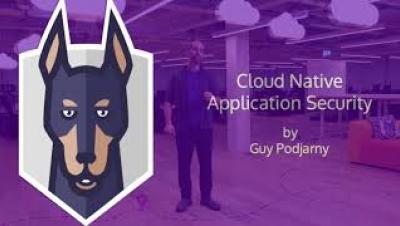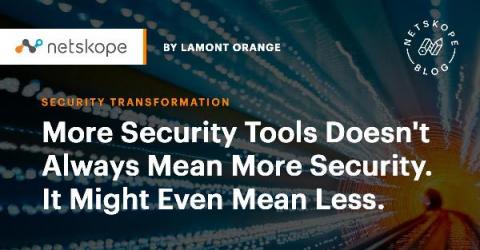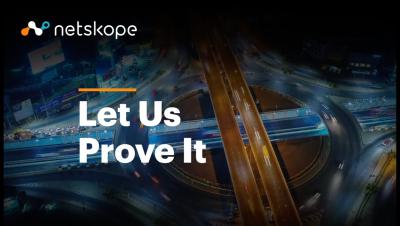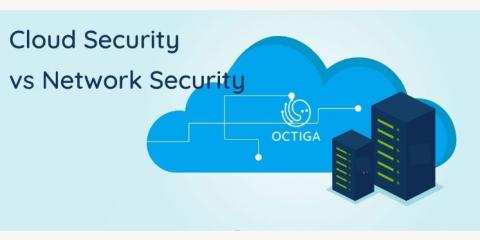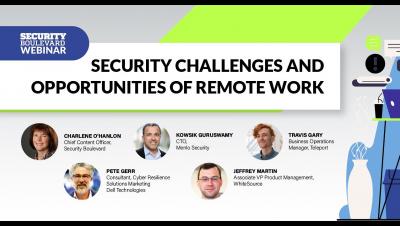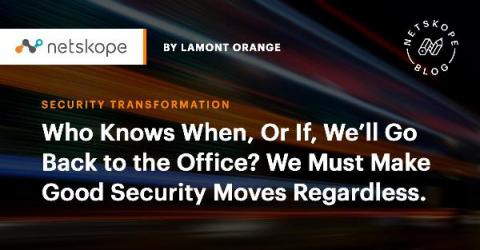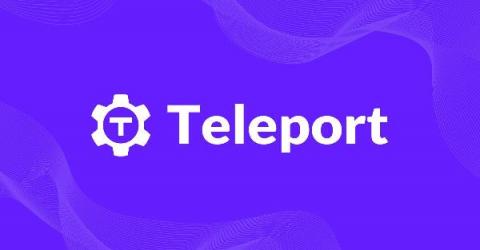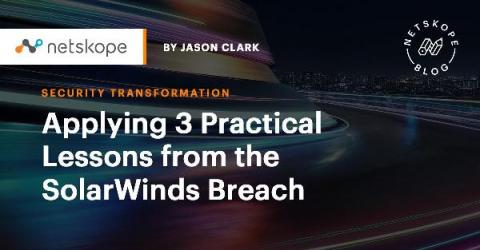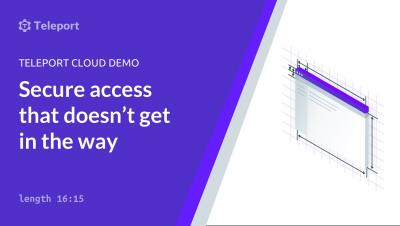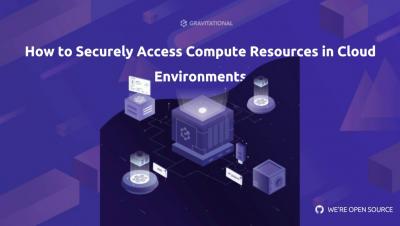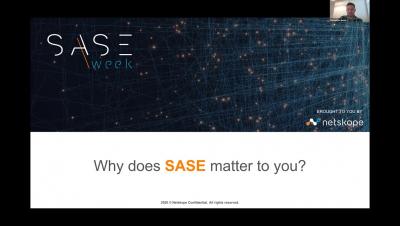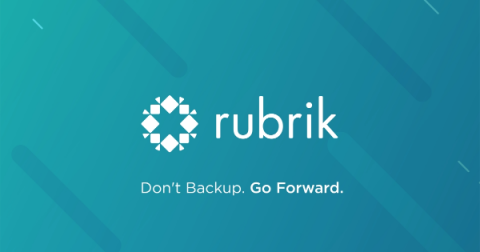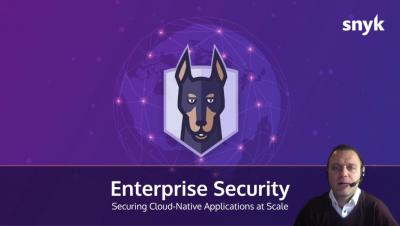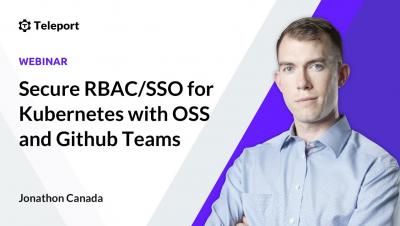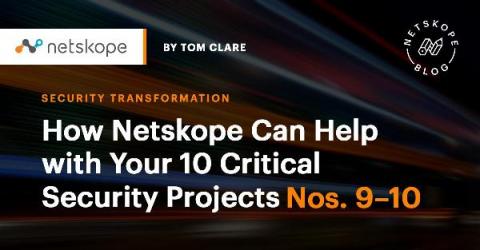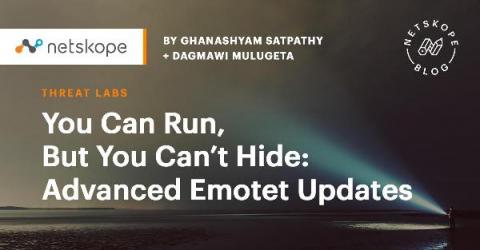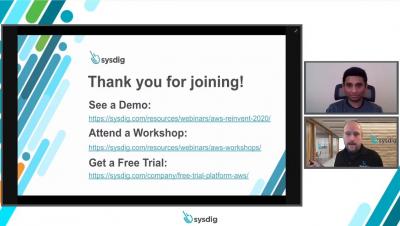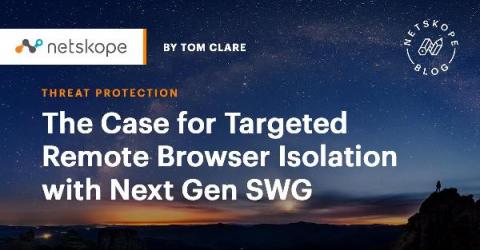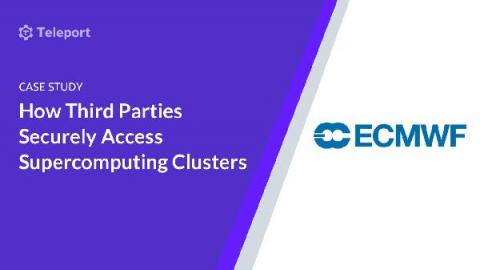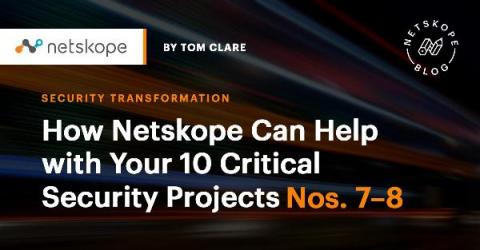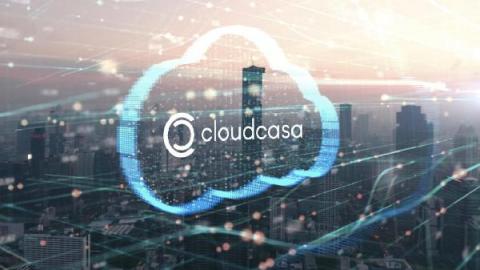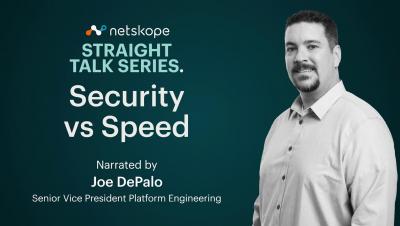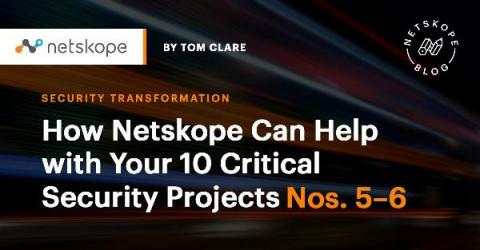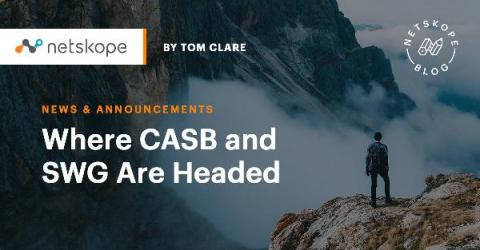Security | Threat Detection | Cyberattacks | DevSecOps | Compliance
January 2021
What is Secure Access Service Edge? SASE Explained
The ongoing trends we’re seeing today show no signs of letting up. Workloads moving to the cloud, an escalating number of devices accessing applications and data, and the more distributed nature of the workforce have been accelerated by last year’s global health events.
More Security Tools Doesn't Always Mean More Security. It Might Even Mean Less.
Even before the pandemic, many companies were undergoing significant transformation as they transitioned to cloud or hybrid architectures and grappled with problems caused by tool sprawl due to the quick adoption of many disparate tools. For some, COVID-19 and the rush to remote work fueled and exacerbated these challenges.
Sequoia Capital Global Equities shares how Netskope Proved It
Cloud Security vs. Network Security: Which is Best for your SME?
Being in cybersecurity line of business and being aware of the issues faced by multiple small to mid-sized businesses, we often come across various jargon which may be unclear to some. One of the most common questions for SMEs is should they focus on cloud security or network security. It is hard for SMEs to prioritise their security budget and find affordability with security. To make an informed decision, it’s important to understand the options.
Security Challenges and Opportunities of Remote Work | Kill the VPN |
Who Knows When, Or If, We'll Go Back to the Office? We Must Make Good Security Moves Regardless.
The management consulting firm Korn Ferry recently surveyed professionals about what they were most looking forward to when they return to the office, and more than 20 percent of them said “nothing.” (No kidding.) Some 64 percent of respondents are cited as saying that they’re more productive at home. (Not surprised.)
Microservices, Containers and Kubernetes in 10 minutes
What is a microservice? Should you be using microservices? How are microservices related to containers and Kubernetes? If these things keep coming up in your day-to-day and you need an overview in 10 minutes, this blog post is for you. Fundamentally, a microservice is just a computer program which runs on a server or a virtual computing instance and responds to network requests.
Applying 3 Practical Lessons from the SolarWinds Breach
It’s been more than a month since the SolarWinds breach first started dominating security headlines, and we’re still learning new details about the attacks and the organizations affected. Even as the discussion quiets down, it’s easy to imagine we’ll still be looking back and analyzing the full effects of these incidents in much the same way we talk about other seminal breaches and security events from the past 20 years.
15 minute demo | Teleport Cloud | SSH | Kubernetes | Application access
How to Securely Access Compute Resources in Cloud Environments
SASE 101 for Security Practitioners
Be Ready for Anything with VMware Cloud on AWS
If the pandemic, catastrophic wildfires, record-setting hurricane season, and “murder hornets” of 2020 have taught us anything, it’s to be prepared for any situation. In business, the motto is “hope for the best, plan for the worst.” Should some sort of disaster – cyber or otherwise – strike, organizations need to be prepared to maintain business as usual with a strong disaster recovery plan in place.
Securing Cloud Native Applications at Scale.
Secure RBAC / SSO for Kubernetes with Teleport OSS and Github Teams
How Netskope Can Help with Your 10 Critical Security Projects - Nos. 9-10
The annual list of top security projects from Gartner provides key insights on where security leaders should focus their limited time and resources to be the most effective at protecting their data, users, and infrastructure. Netskope provides value for each of the top 10 recommended security projects for this year and next, including many critical capabilities. This blog series will highlight each Gartner recommendation and how Netskope specifically can help.
Cybercriminals are Bypassing Multi-factor Authentication to Access Organisation's Cloud Services
The US Department of Homeland Security’s Cybersecurity and Infrastructure Security Agency (CISA) has issued a warning to companies to better protect their cloud-based accounts after several recent successful attacks. According to an advisory published by CISA, an increasing number of attacks have succeeded as more employees have begun to work remotely with a variety of corporate laptops and personal devices during the COVID-19 pandemic.
You Can Run, But You Can't Hide: Advanced Emotet Updates
Emotet has become one of the world’s most advanced botnets. Like many malware campaigns, Emotet’s primary mode of delivery is phishing emails that download malicious Microsoft Office documents. Furthermore, these documents are often hosted in popular cloud apps like Office 365 and Amazon S3 to increase the chances of a successful lure.
Runtime Threat Detection on AWS
The Case for Targeted Remote Browser Isolation with Next Gen SWG
Remote browser isolation (RBI) has many use cases, but has found a popular use case with secure web gateways (SWG). While SWGs can block known bad websites and allow known good ones, the gray area of uncategorized and security risk websites is a challenge for most SWG deployments. If you allow them, your inline defenses and endpoints are exposed and may miss evasive malware, macros, malicious scripts, and phishing attacks.
ECMWF - How Third Parties Securely Access Supercomputing Clusters
To the average person, weather forecasts inform whether or not they need to bring an umbrella to the office. But to some, it can be quite literally a matter of life and death. Organizations like the European Center for Medium Range Weather Forecasting (ECMWF) sit at the center of a web of highly sensitive operations, providing them weather predictions and reports.
How Netskope Can Help with Your 10 Critical Security Project - Nos. 7-8
The annual list of top security projects from Gartner provides key insights on where security leaders should focus their limited time and resources to be the most effective at protecting their data, users, and infrastructure. Netskope provides value for each of the top 10 recommended security projects for this year and next, including many critical capabilities. This blog series will highlight each Gartner recommendation and how Netskope specifically can help.
Top 10 Reasons to Use CloudCasa vs. your Cloud Vendor's Backup
We discussed in previous blogs the need for data protection for Kubernetes and what’s different about CloudCasa. CloudCasa was designed to address the gap in data protection and disaster recovery that exists in all the leading Kubernetes distributions and managed cloud services. Further, another pain point that CloudCasa addresses is that your cloud-based applications may well be hybrid and multi-cloud applications that use both container-based storage and serverless databases.
Straight Talk Series: Security vs. Speed
How Netskope Can Help with Your 10 Critical Security Project - Nos. 5-6
The annual list of top security projects from Gartner provides key insights on where security leaders should focus their limited time and resources to be the most effective at protecting their data, users, and infrastructure. Netskope provides value for each of the top 10 recommended security projects for this year and next, including many critical capabilities. This blog series will highlight each Gartner recommendation and how Netskope specifically can help.
Where CASB and SWG Are Headed
Gartner’s recently released 2020 versions of the Magic Quadrant for Cloud Access Security Brokers (CASB) and the Magic Quadrant for Secure Web Gateways (SWG) tell us a lot about where both markets are headed.
Announcing Veracode in AWS Marketplace: Streamlining Secure Software Development for AWS Customers
Digital transformation continues to accelerate, and with it, businesses continue to modernize their technological environments, leveraging developer-first cloud-native solutions to build, host, and secure their software. At Veracode, we continue to see customers leveraging large cloud providers, such as AWS, as a central platform to conduct these activities.


